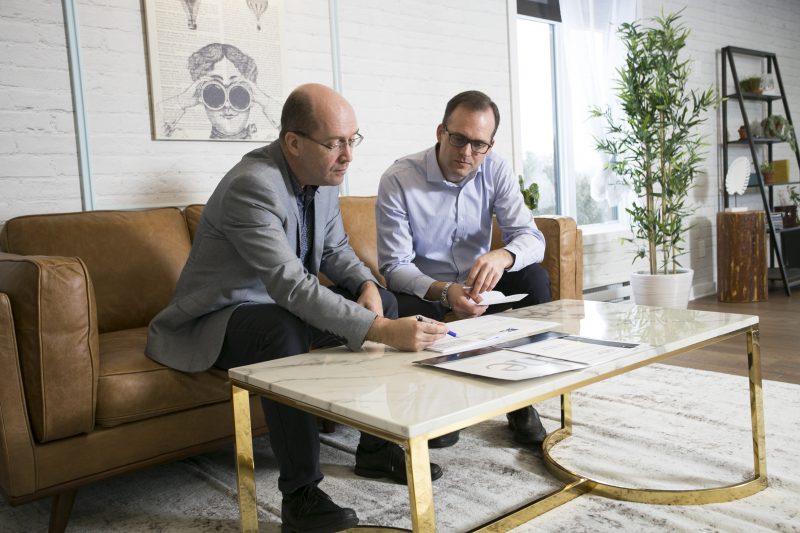Welcome to the executive office—a space where leadership, collaboration, and focused productivity intersect. Often viewed as a direct reflection of the standard & culture that an executive embodies, the executive office is a key piece of space within a workspace. In this blog post, we’ll explore how strategic furniture & finish choices can transform the executive office into a dynamic environment that inspires teamwork, creativity, and deep concentration.
Designating Quiet Spaces for Deep Work:
Quiet spaces are crucial for tasks requiring deep thought and concentration. Private offices equipped with soundproofing, white noise and comfortable seating provide individuals with the solitude they need to tackle important tasks without distractions. These spaces are designed to promote focus and productivity, while also allowing for privacy when confidentiality is required.
Using Finishes & Design Elements to set the Tone:
Whether the space is minimal, elegant, or dramatic, private executive offices have an impact on the overall workspace. Finishes can be selected strategically to ensure the space allows the executive to thrive in their work, while also being chosen to convey the standard they want to set for the whole team.
Investing in Comfortable and Functional Furniture:
Key pieces of furniture, such as ergonomic desks and chairs, are essential for ensuring comfort and productivity. Adjustable desks accommodate different work preferences, while ergonomic chairs provide support during long hours of focused work. Comfortable seating options in meeting areas promote a level of comfort that enables more open communication. Ample and well-planned storage should be considered to ensure the executive can quickly and efficiently access anything they need to achieve their important tasks.
Creating Collaborative Zones:
In the modern executive office, collaborative zones are essential for fostering a culture where leadership can collaborate with team members easily. If an “open door policy” is planned, executives should consider including modular desks and chairs to allow for flexible arrangements for various conversation areas, while lounge areas provide informal meeting spaces. These areas encourage spontaneous collaboration and idea sharing among team members.
Conclusion:
The executive office is a dynamic space that must provide a careful balance of privacy, options for collaboration, and a space for leadership to execute on strategic goals. By investing in furniture choices, such as modular desks, ergonomic chairs, and designated quiet spaces, organizations can create an environment that inspires teamwork, fosters innovation, and empowers individuals to excel in their work.

